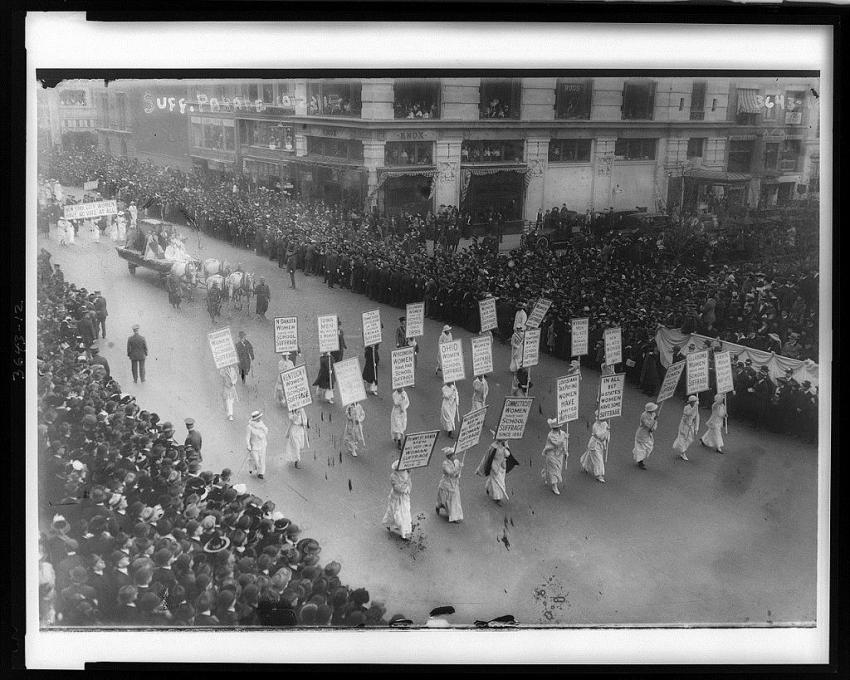
On Wednesday, April 20, Treasury Secretary Jacob J. Lew announced that Harriet Tubman will replace Andrew Jackson, the seventh President of the United States, on the $20 bill. The former slave and abolitionist is the first African-American, and the first woman in over a century, to be featured on the face of U.S. currency. The last female represented on U.S. notes was Martha Washington, who appeared on the $1 silver certificate from 1886 to 1957, when the certificates were discontinued.
Tubman, who was selected by popular vote, faced fierce competition from powerful women like Rosa Parks and Eleanor Roosevelt. However, it was the African-American fighter for equality that appealed to the public the most. Born a slave in 1820 in Maryland, Tubman managed to escape while in her 20's. She then dedicated her life to helping others achieve their freedom through the Underground Railroad, a system of safe houses and abolitionists. Jackson will not disappear entirely from the bill: he will appear on the back, next to the image of the White House.

Lew also announced design changes for the $5 and $10 USD bills. While Abraham Lincoln and Alexander Hamilton will continue to grace the front of the respective notes, the backs will feature women and civil rights leaders. The new $10 bill will have Lucretia Mott, Sojourner Truth, Elizabeth Cady Stanton, Alice Paul, and Susan B. Anthony — All leaders of the 1903 suffrage movement that fought for the right of women to vote in public elections and to stand for electoral office.
The $5 bill will showcase historical moments related to the Lincoln Memorial. These include events like African American classical singer Marian Anderson’s 1939 performance there after she was forbidden to sing at the segregated Constitution Hall and Reverend Dr. Martin Luther King Jr. famous 1963 “I have a dream” speech.
This is the most significant overhaul of the U.S. currency since 1929. However, that was certainly not Lew's intention when he asked the public to help select a woman to replace Alexander Hamilton on the $10 USD bill in June 2015. The denomination was due for a redesign due to counterfeiting threats, and the Treasury Secretary believed it would be a "feel good" gesture to ask American citizens for input.

Almost immediately following his announcement, the online group Women on 20s began a campaign to put a woman on the $20 currency note. They believed that Jackson did not deserve to be on the bill due to his tarnished legacy that includes forcible relocations of American Indians, supportive stance towards slavery, and opposition to a national banking system and use of paper money. But another women’s group called Girls’ Lounge opposed this. They wanted a woman on the $10 bill because they knew it was next in line for a redesign.
Ultimately, the $20 bill was chosen to feature Tubman, partly due to the growing support from the public and partly because of the popularity of the Broadway musical “Hamilton,” which won this year’s Pulitzer Prize for drama. “The show has certainly caught people’s imagination, and I think it’s a great thing,” Lew said. “What we’ve been doing on the currency and what they’ve been doing on the show were really quite complementary.” Hamilton's positive legacy as one of the nation's founding father and the brainchild behind America's financial system also played a role in Lew's decision.
The final designs of the new bills will be revealed to the public in 2020, the 100-year anniversary of the 19th Amendment that gave women the right to vote. The new currency, starting with the $10 bill, will enter into circulation later that decade.
Resources: Washingtonpost.com, USA today.com,treasury.gov,modernmony.treasury.gov